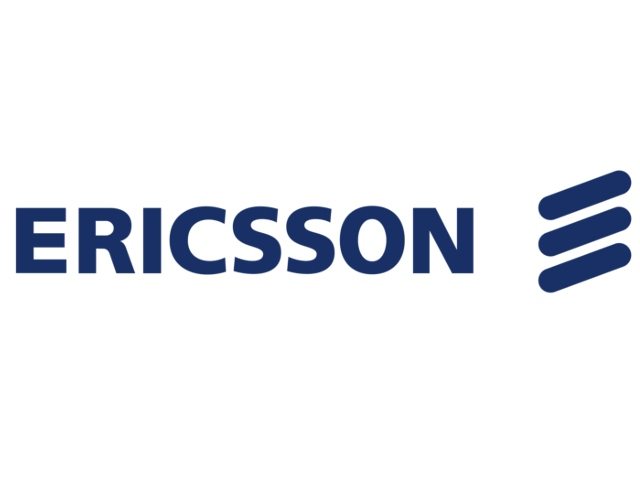The vendor will provide 24 GHz, 28 GHz and 39 GHz mmWave equipment and services
The same day that US Cellular revealed that it’s working with Nokia to add 5G millimeter-wave capabilities in the 24 GHz and 28 GHz spectrum bands to its network, the carrier also announced plans to expand its partnership with Ericsson, which will now provide the carrier with 24, 28 and 39 GHz millimeter wave (mmWave) equipment and services. The expansion will support the carrier’s consumer and enterprise 5G use cases, with the high-band spectrum equipment delivering faster speeds and lower latency. Also as part of the agreement, Ericsson will provide the carrier with 4G Citizens Broadband Radio Service (CBRS) equipment and services.
According to Rob Johnson, head of customer unit regional carriers for Ericsson, 24, 28 and 39 GHz mmWave high-band and CBRS mid-band radios along with the company’s 4G and 5G products and services, U.S. Cellular’s customers will be able to access “all of the speed and versatility that 5G networks have to offer.”
Towards the end of 2019, US Cellular selected Ericsson as a network equipment vendor for its 5G network, including 5G New Radio (NR) hardware and software in a number of states like Iowa and Wisconsin. Further, as the COVID-19 pandemic tore through parts of Wisconsin, Iowa, Illinois, New Hampshire, Maine and North Carolina this year, Ericsson helped U.S. Cellular increase mobile broadband capacity in those areas, which, according to Ericsson, allowed the carrier to manage the increased demand for data more successfully.
Speaking to the latest announcement, as well as previous work done with Ericsson, Michael Irizarry, executive Vice president and chief technology officer of US Cellular, commented, “We highly value our long relationship with Ericsson to provide cutting-edge network service for our customers. Working with Ericsson to deliver and deploy these solutions will help us deliver fast, reliable connectivity for customers in urban and rural areas, as we continue to build a more powerful network with the latest 5G technology.”
High-band, or mmWave, spectrum can, in ideal circumstances, deliver fiber-like speeds for Fixed Wireless Access, FWA, in areas with limited high-speed broadband options. However, mmWave is notoriously challenging to work with due to its poor penetration and propagation. Yet, when used in conjunction with mid- and low-band 5G spectrum, mmWave can be a significant network asset.
While U.S. operators have been leading the pack when it comes to mmWave, with most other operators around the world utilizing mid-band spectrum in the 3.4 GHz to 3.6 GHz range, The European Union’s 5G Observatory indicates that mmWave 5G services are, in fact, in the works around the world.
In Asia, specifically, Singapore, Japan, Taiwan and South Korea are all expected to adopt mmWave 5G in the near-term, while a number of other countries like Cyprus, Denmark, Malta and France are making moves in the 26 GHz space within the next two years.
For US Cellular, its multi-year deployment of 5G mmWave has already begun and commercial availability is planned for 2021.

